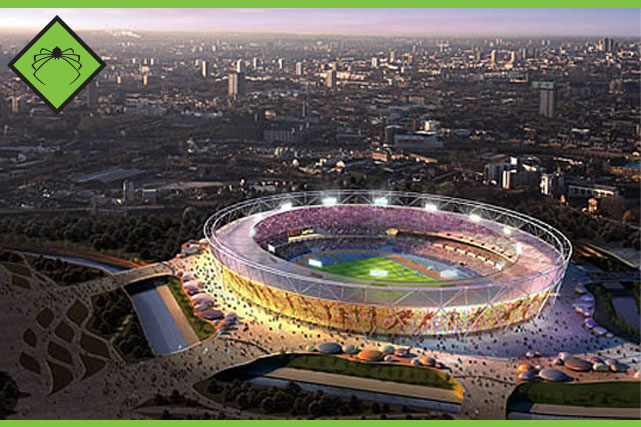 The Challenge
The Challenge
The London 2012 Olympic and Paralympic Games delivered the ultimate in sporting
drama, seeing over 10 million people attend the events over the 4 weeks during the
summer.
The UK mobile operators, along with Airwave, the public safety operator, formed the
Joint Operators Olympic Group (JOOG). The group was created specifically to deal with
the mobile traffic challenges presented by the Games. JOOG understood the considerable
challenge of delivering cellular coverage across the entire Olympic Park and associated
venues. The mass proliferation of smartphone technology led JOOG to consider both raw
capacity, and the propagation of such capacity to the many attendees around the various
Olympic venues, as critical requirements.
Not only was the task an immense operational challenge, but it was not something that
could be easily planned for either. Simulations and trials were run as part of the event
preparation but it was very difficult to accurately predict how mobile traffic would act
onsite on a particular day.
 The Solution
The Solution
The Joint Operators Olympic Group selected PBE Axell as their provider of the
many Distributed Antenna Systems (DAS) that were used to propagate capacity and
coverage around the various Games sites. In addition, JOOG commissioned PBE Axell to provide service advice and system support throughout the duration of the
events.
PBE Axell met this challenge by providing one of the most sophisticated multisector Fibre DAS installations in the world, delivering cellular connectivity to the Olympic
Park and associated venues, for all of the UK operators. A central base station hotel was
installed, housing a few hundred base stations. All venues within the Olympic Park were
then connected to this base station hotel through the PBE Axell Fibre DAS. The
system provided coverage for all the UK operators, with technology deployed to cover the
900MHz band, 1800MHz band and 2100MHz band. Both GSM and UMTS 3G services were
supported in multiple bands.
PBE Axell deployed over 300 optical remotes in total, including deployments
across the entire Olympic Park, Greenwich Park, Horse Guards Parade, Earls Court and
football stadiums throughout the UK. Providing cellular coverage to the main Olympic
Stadium was the sole responsibility of UK Operator, EE for which PBE Axell
supplied a Fibre DAS network configuration of 46 optical remotes providing coverage for the stadium’s 80,000 seats. In addition, PBE Axell also installed DAS solutions in
different parts of the Olympic park, such as the Athlete’s Village, to provide public safety
coverage for the emergency services.
PBE Axell provided service advice and support to both contractors and the mobile
operators when the technology was initially installed. As the project progressed, PBE Axell linked the various Distributed Antenna Systems with their network operations
centre in Chesham, Buckinghamshire.
PBE Axell’s network management system, AEM (Active Element Manager), was
used to monitor the condition of all the DAS systems operating throughout the Olympics
to ensure that they were delivering optimised and adequate coverage. As the Games
drew closer, this became a service that was operated 24 hours a day, 7 days a week. As
well as this remote support, PBE Axell also had a team of engineers on-site, at all
times.
 The Benefit
The Benefit
The solution was designed in such a way that enabled a quick swap on-site during the
installation and commissioning phase. The design includes redundant power supplies and
battery back-ups for the equipment ensuring that even in times of complete mains power
failure the system continues to function.
“I think our overall impression of the
equipment was more like ‘How was this
done?’. We were extremely impressed
with the equipment combiners and
amplifiers as well as your production
facility. We were quite impressed that
all the components that were able to fit
into the combiners as well as they did.”
Richard Caul
Senior Manager - EE


